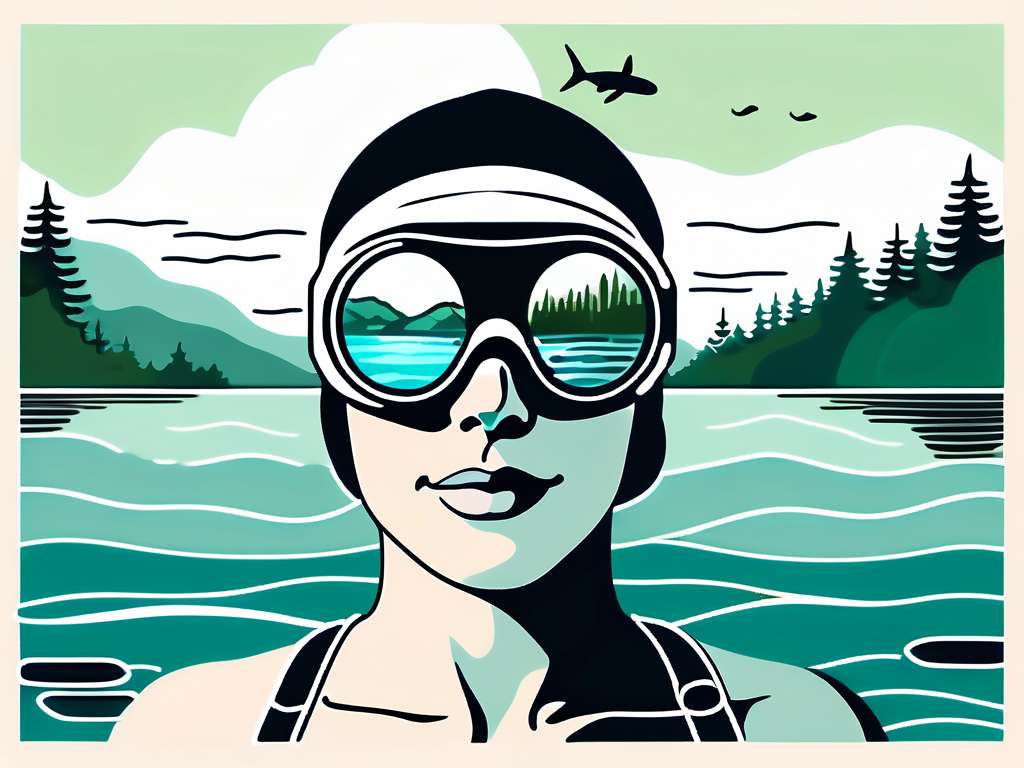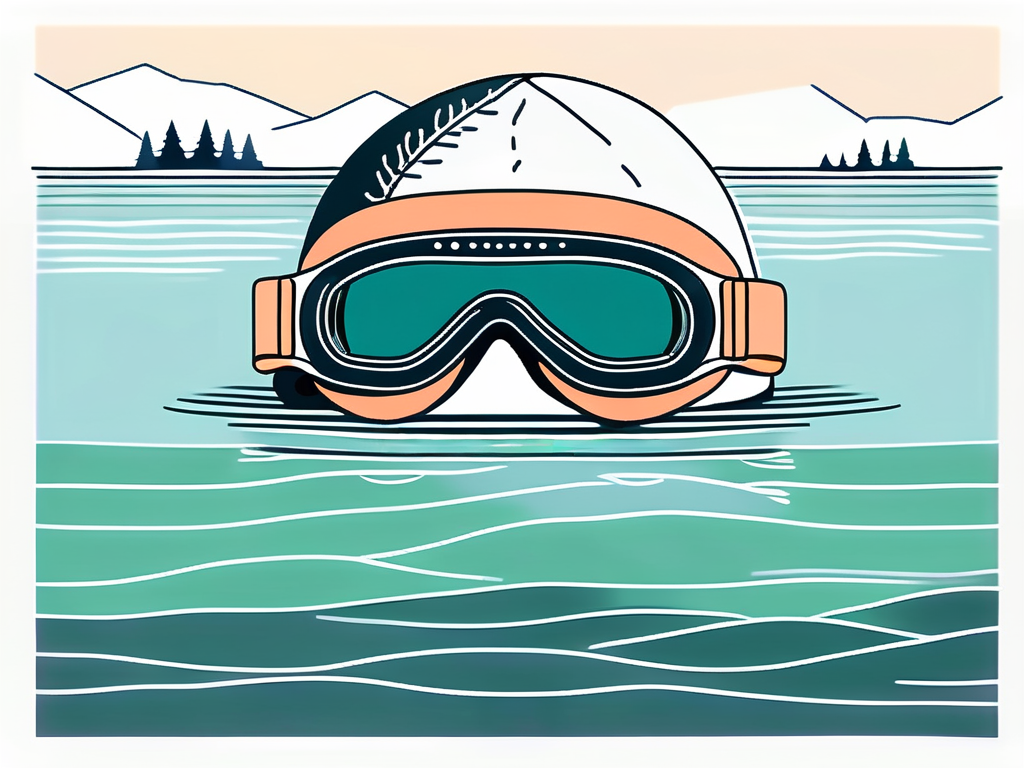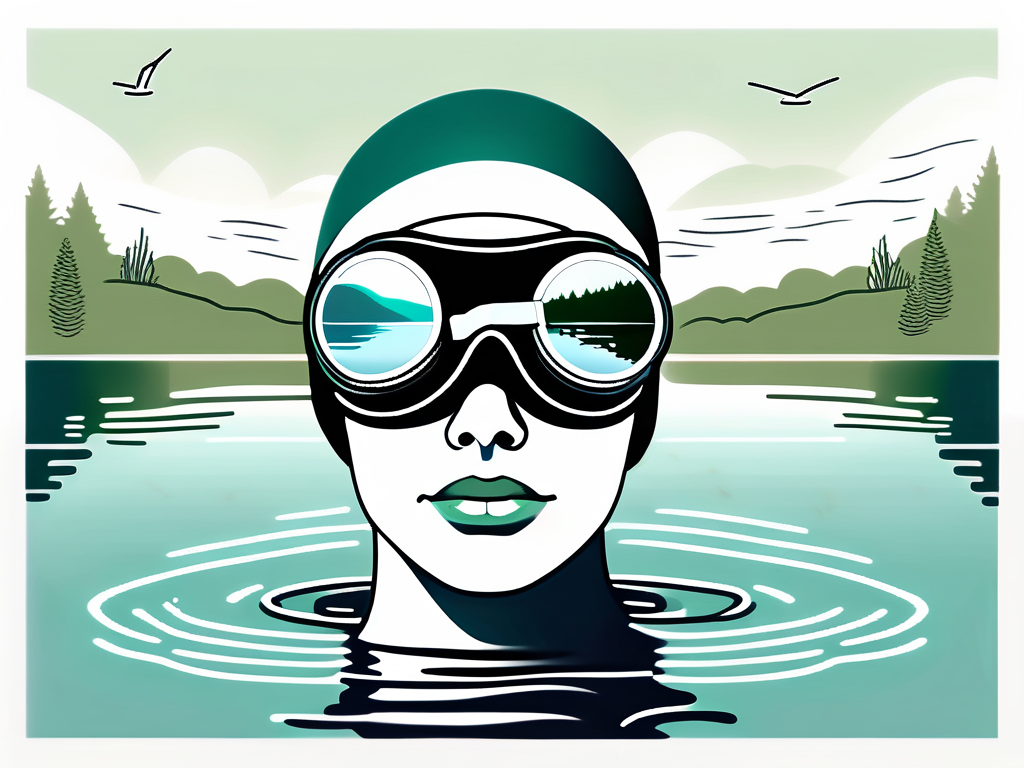The Ultimate Beginner's Guide to Open-Water Swimming
Open-water swimming is a thrilling and challenging sport that offers a refreshing alternative to the traditional pool setting. Whether you're a seasoned swimmer looking to expand your horizons or a beginner eager to dive into the world of open water, this guide is here to provide you with all the essential information you need to get started and make the most of your open-water swimming experience.
Dive into Summer Swimming Fun
Summer is the perfect time to explore open-water swimming and enjoy the beauty of nature while getting a great workout. But more than just a recreational activity, open-water swimming offers numerous benefits for both your physical and mental well-being.

When you immerse yourself in the refreshing embrace of open water, you not only engage in a full-body workout but also experience a profound connection with the natural world. As you glide through the water, surrounded by breathtaking scenery, you can feel the stress of everyday life melt away. The rhythmic motion of the waves becomes a soothing mantra, allowing you to find peace of mind and rejuvenate your spirit.
Moreover, open-water swimming is a fantastic way to enhance your overall fitness. The resistance provided by the water challenges your muscles, helping to build strength and endurance. Your cardiovascular system also benefits from the sustained effort required to propel yourself through the waves, improving your heart health and lung capacity. Additionally, the ever-changing water conditions and currents demand constant adjustments, honing your balance, coordination, and swimming technique.
Benefits of Swimming in Open Water
The benefits of open-water swimming extend beyond the physical aspects. It provides a sense of freedom and connection with nature that is difficult to replicate in an indoor pool. The combination of the stunning scenery and the rhythmic motion of the water can be a powerful stress-reliever, allowing you to relax and find peace of mind.
Furthermore, swimming in open water helps improve your cardiovascular fitness, enhances your lung capacity, and strengthens your muscles. The constantly changing water conditions and currents also challenge your balance and coordination, improving your overall swimming technique.
Safety Tips for Open Water Swimming
While open-water swimming can be a thrilling adventure, it's crucial to prioritize safety at all times. Before heading out, familiarize yourself with the area, including any potential hazards such as rocks, reefs, or strong currents. It's also essential to check weather and water conditions to ensure they are suitable for swimming.
Always swim with a buddy or in designated swimming areas with lifeguards present. Wearing a brightly colored swim cap and using a safety buoy can increase your visibility to others and provide a flotation device in case of fatigue. Additionally, make sure to apply sunscreen and wear protective goggles to shield your eyes from the sun's rays and potential debris.
Remember, open-water swimming is not just a sport but a transformative experience that allows you to connect with nature, challenge yourself physically, and find serenity amidst the waves. So, this summer, dive into the open water and discover the joy and benefits that await you.
Embracing the Differences of Open Water Swimming
While pool swimming and open-water swimming share some similarities, there are distinct challenges that come with venturing into the vastness of lakes, rivers, or oceans. By understanding these differences and learning how to adapt, you can overcome challenges and enjoy the unique experience that open-water swimming offers.
Overcoming Challenges in Open Water
One of the major challenges of open-water swimming is the absence of lane lines and clearly defined boundaries. In the open water, you must navigate without the luxury of marked distances. Therefore, developing sighting techniques, such as lifting your head every few strokes to look for landmarks or buoys, is essential in keeping you on course.
But what happens when you encounter unexpected obstacles in the open water? Imagine swimming peacefully, only to come across a school of fish swimming alongside you. While it may startle you at first, embracing these encounters can add a sense of wonder and excitement to your open-water experience. Take a moment to appreciate the beauty of nature and the unique interactions you can have while swimming in the open water.
Another challenge is the unpredictability of the water conditions. Waves, currents, and temperature fluctuations can all affect your swim. Learning how to adapt your stroke technique, adjust your breathing pattern, and conserve energy in different conditions will greatly enhance your open-water performance.
Moreover, the ever-changing nature of open-water swimming can provide you with a sense of adventure and a chance to test your resilience. Embrace the challenge of swimming against a strong current or riding the waves as they crash against your body. These moments of overcoming nature's obstacles will not only make you a stronger swimmer but also give you a deeper appreciation for the power and beauty of the open water.
Enhancing Your Stroke Technique for Open Water
Open-water swimming places different demands on your stroke technique compared to pool swimming. As you venture into the open water, you'll encounter uneven surfaces and the need to change direction frequently. To navigate these challenges, focus on bilateral breathing, which allows you to keep an eye on your surroundings at all times.
Additionally, incorporating drills such as sighting drills, swim-paddles work, and the use of a pull buoy can help improve your stroke efficiency, increase your power, and maintain proper body position in open water.
Furthermore, open-water swimming provides an opportunity to explore different stroke techniques that may not be as effective in the pool. For example, the "sighting stroke" is a modified freestyle stroke that allows you to lift your head slightly higher to get a better view of your surroundings. Experimenting with these techniques can not only improve your performance but also add a sense of creativity and adaptability to your swimming repertoire.
Maximizing Pool Training for Open Water Success
Although open-water swimming poses unique challenges, pool training remains an essential component of your overall preparation. The controlled environment of the pool provides opportunities to refine your stroke technique, build endurance, and enhance your overall swimming performance.
Effective Drills to Improve Your Open Water Performance
Integrating specific drills into your pool training can help bridge the gap between the pool and open water. Incorporate exercises such as buoy turns, drafting practice, and interval training to simulate open-water conditions. These drills will enhance your ability to handle crowded starts, navigate around other swimmers, and maintain a consistent pace throughout your swim.
Transitioning from Pool to Open Water Training
As your open-water event approaches, it's crucial to gradually shift your training focus and acclimate yourself to the demands of swimming in natural bodies of water. Start by incorporating open-water sessions into your training plan, gradually increasing their duration and frequency.
Practice drafting off other swimmers to get comfortable swimming in close proximity to others, simulate race situations, and hone your open-water skills. Additionally, consider doing open-water swim races or participating in group training sessions to gain experience and confidence in a controlled, supportive environment.
The Importance of Wetsuits in Open Water Swimming
When it comes to open-water swimming gear, wetsuits play a crucial role in providing insulation, buoyancy, and protection from the elements. Wetsuits are designed to keep you warm, enhance your swimming position, and reduce water drag, ultimately improving your overall performance.
Essential Gear for Outdoor Swimmers
In addition to wetsuits, there are several other essential gear items that can enhance your open-water swimming experience and ensure your safety.

Must-Have Accessories for Open Water Swimmers
Investing in accessories like buoyancy shorts or socks, earplugs, and a waterproof wristwatch can greatly enhance your comfort and safety in open water. Buoyancy shorts or socks can provide extra support to your legs, helping maintain proper body position and conserving energy during the swim.
Earplugs are essential to prevent water from entering your ears, which can lead to discomfort and potential ear infections. A waterproof wristwatch equipped with a GPS or timer function allows you to monitor your pace, track your progress, and ensure you're staying within your desired training zones.
Choosing the Right Goggles for Open Water Swimming
Goggles are an essential gear item that protects your eyes from water, debris, and harmful UV rays while providing clear vision. When selecting goggles for open-water swimming, consider goggles with larger lenses or panoramic lenses, as they offer a wider field of vision, allowing you to spot buoys, fellow swimmers, and potential hazards more easily.
Additionally, choose goggles with tinted or mirrored lenses to reduce glare and improve visibility in different light conditions. Adjustable nose bridges and comfortable, leak-resistant seals are also important features to ensure a snug fit and prevent water leakage during your swim.
Coping Strategies for Overcoming Fear in Open Water Swimming
It's completely normal to feel anxious or fearful when venturing into the open water, especially if you're new to the sport. However, with the right mindset and coping strategies, you can overcome your fears and fully enjoy the exhilaration of open-water swimming.

Start by gradually increasing your exposure to open-water environments. Begin with calm, shallow areas and gradually progress to more challenging conditions. During your swims, focus on deep, controlled breathing, which can help calm your nerves and improve your overall relaxation.
Visualization techniques can also be powerful tools in managing fear. Before your swim, visualize yourself confidently navigating through the water, focusing on your strengths and abilities. Lastly, surround yourself with a supportive community of open-water swimmers who can offer advice, encouragement, and reassurance.
By following this ultimate beginner's guide to open-water swimming, you'll be well-equipped to embark on your own open-water adventures. Remember to prioritize safety, embrace the differences of open water, maximize your pool training, invest in essential gear, and develop coping strategies to overcome fear. Dive in with confidence, and let the open water become your playground as you embark on an exciting journey of discovery and achievement in open-water swimming.





